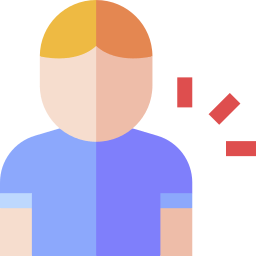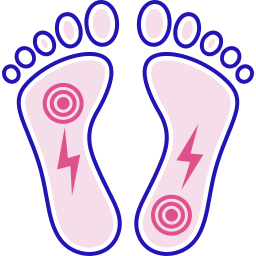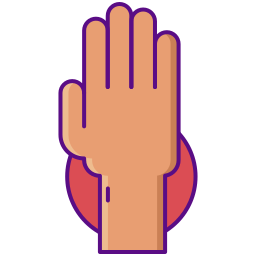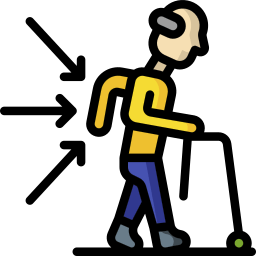Preventing lower back pain my extend your life. But, if you are experiencing lumbar pain, and are looking for the best back pain treatment in Visalia, we can help.
More on Prevention and Longevity
Low back pain is incredibly common. About one-half of all working Americans will experience symptoms at least once every year, and roughly 31 million are affected by it at any given point in time.
So if you consider yourself part of this group, you have plenty of company.
Dealing with low back pain can be troublesome and place a strain on everyday life. Typical movements like bending over to pick something off the ground or twisting your torso when looking to the side might suddenly give you pause and make you less mobile in the process. This is one of the main reasons low back pain is also one of the leading causes for missed work due to disability.
Anyone Can Experience Lower Back Pain
Low back pain is most prevalent in individuals between the ages of 30-60, which is mainly due to the aging process. Anyone can get low back pain and it can develop for a variety of reasons, but there are certain factors that are believed to increase one’s chances. These risk factors include older age, poor physical fitness, a sedentary lifestyle, being overweight, diseases like arthritis and cancer, occupations that strain the back, smoking, depression, and anxiety.
Fortunately, most cases of low back pain will resolve on their own in a short period of time, but up to 10% of individuals will go on to develop chronic low back pain when it lasts for more than three months. When the condition becomes chronic, it can have an even more significant impact on quality of life, and it also becomes more difficult to treat.
According to Scientists, Here’s Why You Want to Avoid Chronic Back Pain
According to a recent review, having chronic back pain may reduce one’s life expectancy as well.
For the review, researchers performed a systematic search for published studies that evaluated the impact of low back pain on the risk for death (mortality) in patients. This search led to 11 studies being included in the review, which included data on more than 80,000 patients who were monitored for 5–23 years. Results showed that mild back pain did not have any long-term associations with mortality and is therefore unlikely to impact the length of one’s life. However, patients with chronic back were found to have a modestly higher mortality risk compared to those who didn’t have back pain.
Address Lower Back Pain Quickly with One of the Best Lower Back Pain Treatment Options in Visalia or Hanford
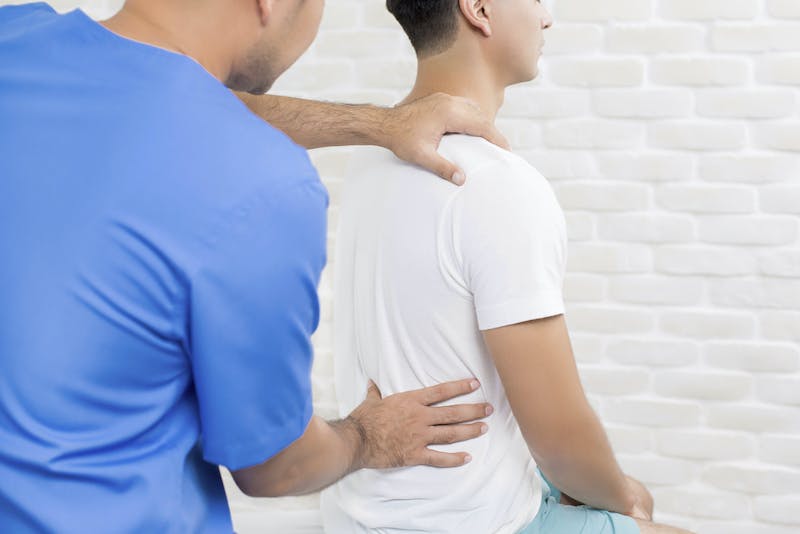
These findings suggest that over time, chronic low back pain may reduce one’s life expectancy through various mechanisms, such as greater disability, reduced quality of life, and physical inactivity. Therefore, it stands to reason that addressing low back pain early and preventing it from progressing to the chronic stage may improve an individual’s quality of life and extend their lifespan.
One of the safest and most effective ways to alleviate low back pain is through a course of physical therapy, which is based on personalized treatment programs that teach patients various exercises and movement-based techniques that reduce pain and increase function.
Don’t Let Pain Get In Your Way – We Can Help
To learn more about what we can do for your low back pain, contact Bacci & Glinn Physical Therapy today:
559-733-2478 (Visalia)
559-582-1027 (Hanford)

